Buddha Figurines and Oriental Art
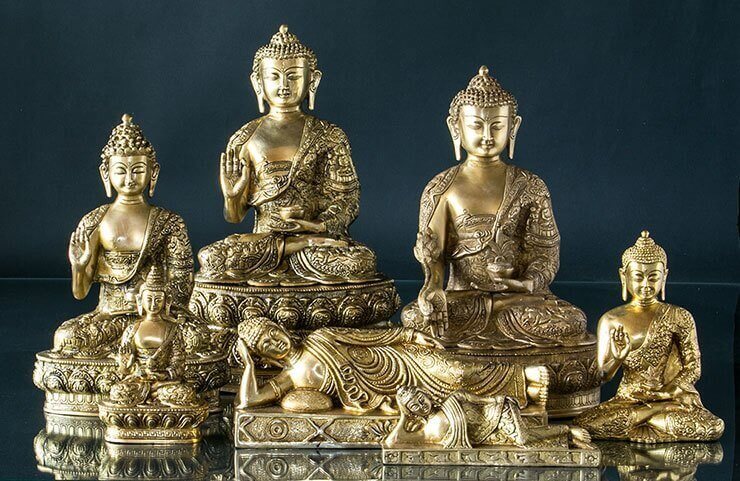
The Meaning of handpositions of a Buddha
Buddha statues often have special handpositions called "Mudras" that have each its own meaning like the different meanings that animal figurines can have. The handpositions can vary from statue to statue, but overall the handpositions have the same deeper meaning that is also dependent on whether the Buddha is sitting or standing.
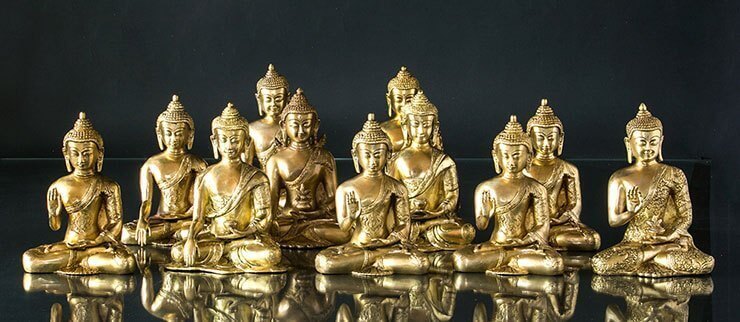
Each handposition has a meaning corresponding to specific points during Buddha's life and different parts of the buddhist teachings. Thus each handposition indicates a situation in buddhism, where the most wellknown naturally will be the meditative position, where Buddha sits deep in meditation with his hands in his lap and the legs in the lotus position.
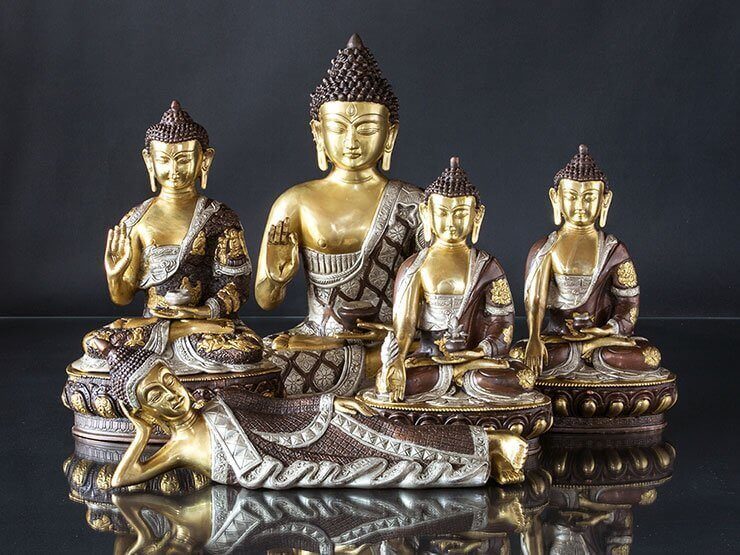
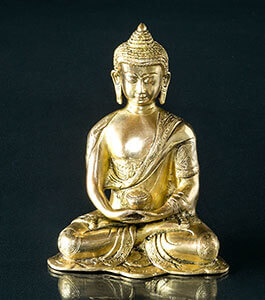
Dhyana Mudra - Meditation
This is probably the most wellknown handposition. Both hands rest in the lap on the seated meditating Buddha. The palms are turned up and the two thumbs touch each other and create a circle of peaceful energy. This was the position that Buddha sat in during the years were he sought enlightenment through meditation. You should thus imagine that this was the way that he sat under the Bodh tree in Bodh Gaya, when he decided not to get up before he reached enlightenment.
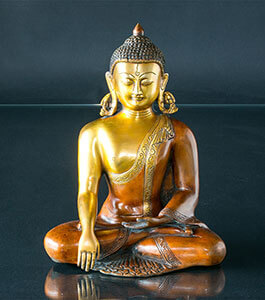
Bhumisparsa Mudra - The Earth is Witness
This handposition is said to be the way that Buddha sat, when he attained enlightenment. The right hand rests on the knee and his fingers points to the ground. The left hand lies in meditative position in the lap with the palm turned up. Sometimes an alms bowl can be seen in the left hand. As Buddha neared enlightenment the demon Mara came and tried to tempt him to remain in the circle of rebirth. The demon brought forth horrors and wonders before Buddha in his attempt to keep him from enlightenment. Buddha meditated to regain confidence against the works of Mara and he called on the earth goddess to bear witness as he attained enlightenment by touching the ground with one hand. The goddess wrung her hair and released a flood that swept Mara away. This handposition is unique to Siddharta Gautama, the original Buddha, unlike the other handpositions that are also used by other Buddhas and Bodhisatvas.
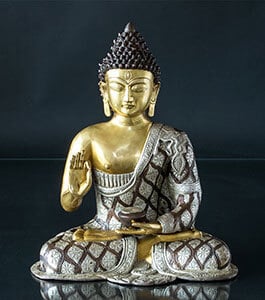
Vitarka Mudra - Transmission of the Teaching
As Buddha had reached enlightenment time had come to teach others the way. Again Buddha has his left hand open in the lap, but now the right hand is lifted with the palm outward. This handposition symbolise the wordless transmission of the teaching. Buddhas work did not end as he attained enlightenment. Now he had to teach others to follow him. The circle formed by his thumb and index finger relates to the rejection of a beginning and an end and that there is only perfection. The handposition also points to buddhismen's focus on discussion and the intellectual debate of the teaching as a tool to increase the understanding of it. This is the handposition used by Buddha, when he first explained his teachings to those garthered around him.
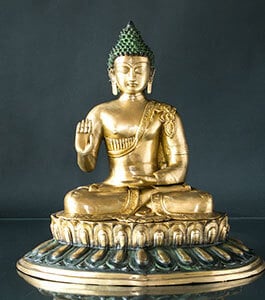
Abhaya Mudra - Protection
This is a handposition that is often combined with the standing Buddha. Right hand is lifted with the palm towards the viewer. The left hand lies in the lap with the palm up. This handposition is meant to give protection and remove fear. According to buddhist mythology Buddha stopped a charging elephant by merely raising his hand like this in front of it. This handposition is thus a sign of the fearlessness attained with enlightenment.
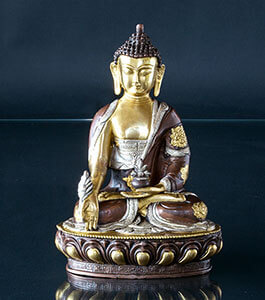
Varada Mudra - Charity and Medicin
This handposition looks like the Bhumisparsa Mudra with the difference that the palm faces the viewer. The outturned palm is meant as a sign of generosity, where the Buddha gives to the viewer. The five fingers represent the five perfections; generosity, morality, patience, effort and concentration. The statue ofte has a alms bowl in the resting left hand. Often it is also seen with a flower in the outturned right hand and with a flower in the bowl. This symbolises the Buddha as the bringer of medicin and healt.
Aside from these five classic mudras there is also the reclining Buddha that does not have a handposition as such, but it is a representation of how Buddha lay on his deathbed before leaving the cycle of rebirth and entering into Nirvana.
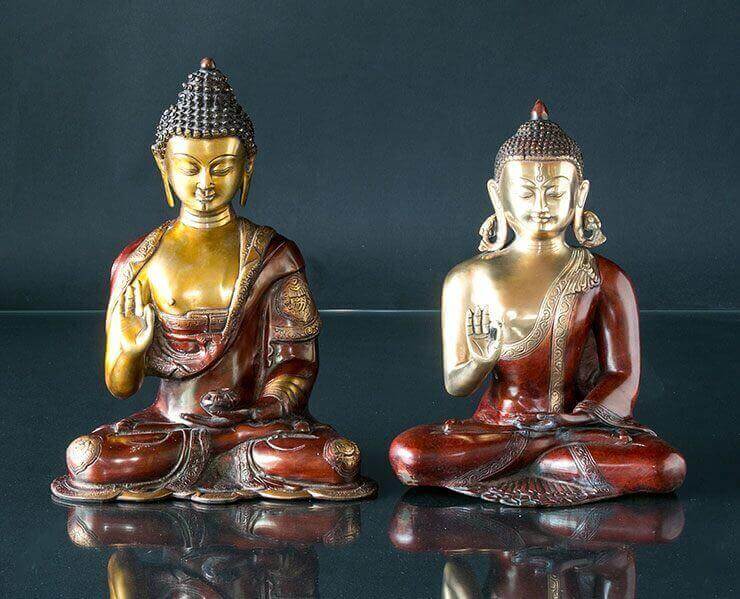
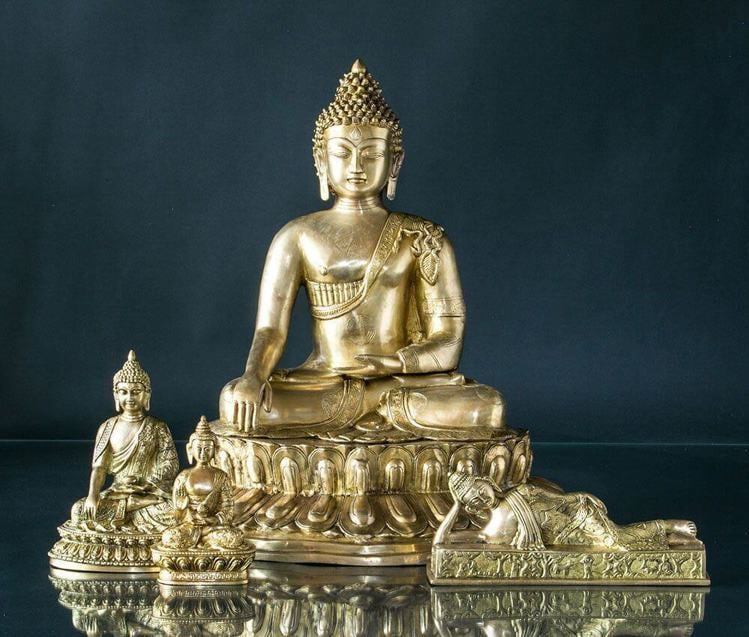
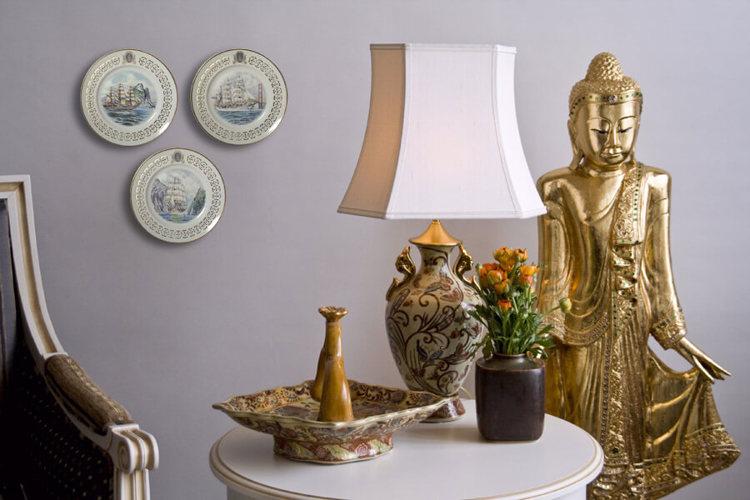
The Story of Buddha
Buddha is the central figure in buddhism. Who is Buddha? Buddha is both a man and a title. The original Buddha who founded buddhism was Siddharta Gautama.
When did Buddha live? He lived around 500 B.C. and was born a prince. He lived a secluded life in the palace until his 29th year, when he met an old sick man on a trip outside the palace. This meeting made him realise the transient and painful nature of human life.
This led him to leave the palace and live the life of a wandering ascetic to prevent suffering and death. He lived 7 years as an ascetic and went so far that by the end his body was completely drained. Then he received milk and ricepudding from a girl, who thought that he was a spirit due to the condition of his body. He realised that neither hedonism nor selftorment would lead him to enlightenment as both were a form of vanity. He thus adopted what buddhist called the middle way, where you neither live in excess or starve yourself.
Shortly after this incident Gautama decided that now he wanted to meditate (Dhyana Mudra) until he reached enlightenment. He sat below a fig tree also known as the Bodh tree in Bodh Gaya, where he swore that he would not stop until enlightend. It is said that he meditated for 49 days below the Bodh tree before he reached enlightenment by the age of 35.
In the last time before enlightenment the demon Mara, who ruled over the cycle of rebirth (Samsara), came to him and tried to make him give up his quest for enlightenment. To achieve this the demon tempted him with wealth, beautiful women and all the wonders of the world, but were rejected. Then Mara tried with fear and horror, but still to no avail. As Gautama had rejected Mara and reached enlightenment, he touched the ground (Bhumisparsa Mudra) and took the Earth goddess as witness to his enlightenment. As she bore witness she wrung her hair and made a flood that washed Mara away.
What does Buddha mean? After attaining enlightenment Gautama received the title Buddha, which means enlightend one or the awakend one. Immediately after enlightenment Buddha was uncertain about whether he should teach as he thought that humans were too overwhelmed by ignorance, greed and hate to understand his teachings, which are difficult to follow. The god Brahma visited him after his enlightenment, however, and convinced him that he should teach since at least some would understand. Buddha accepted this and started his teaching (Dharma).
Buddha held his first sermon (Vitarka Mudra) and thus set the wheel of Dharma in motion and spread his teachings amongst his disciples. He held his first sermon to his five followers that had meditated with him. Together they formed the first buddhist community (Sangha).
Buddha continued preaching his teachings through the following 45 years as he travelled throughout the Ganges valley. The buddhist community grew during the whole period. By his 80th year Buddha informed that he would soon trancend into the deathlessness of Nirvana and give up his mortal body. After his death Buddha was cremated and the bones were put in Stupas, of which some like Dalada Maligawa in Sri Lanka or the Shwedagon Pagoda in Myanmar still stands.
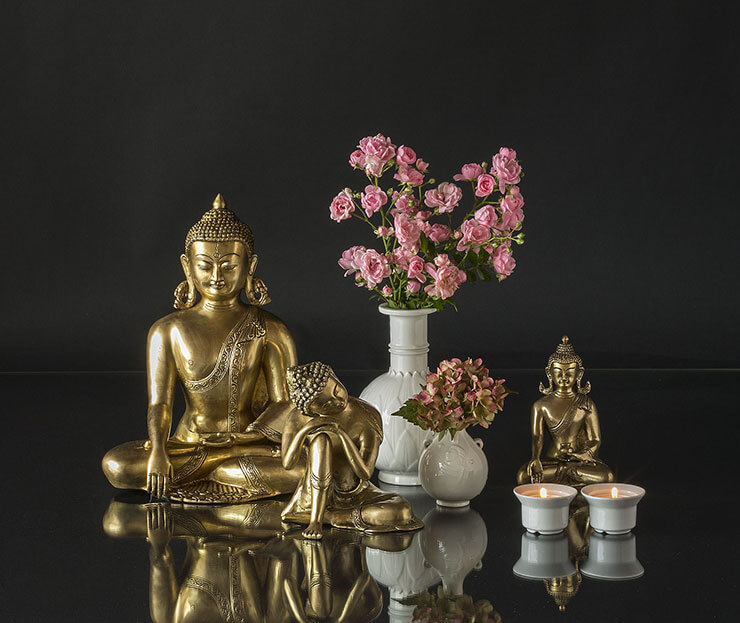
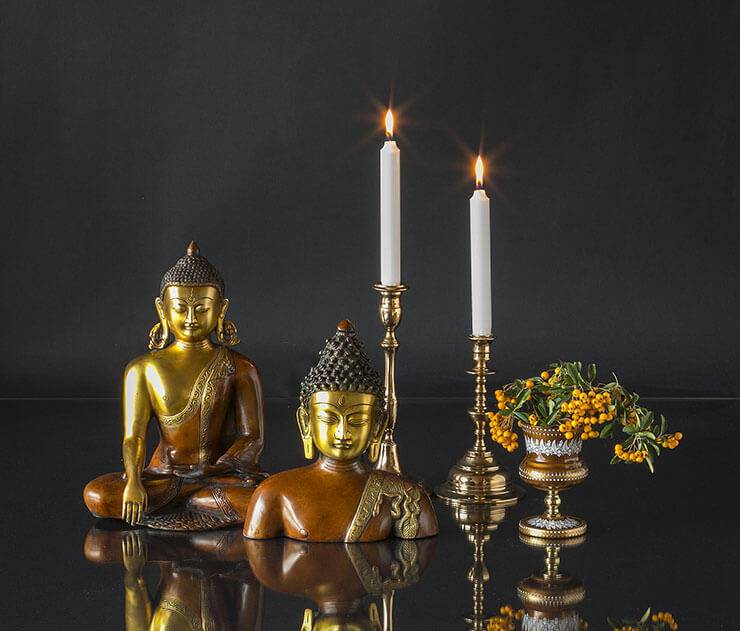
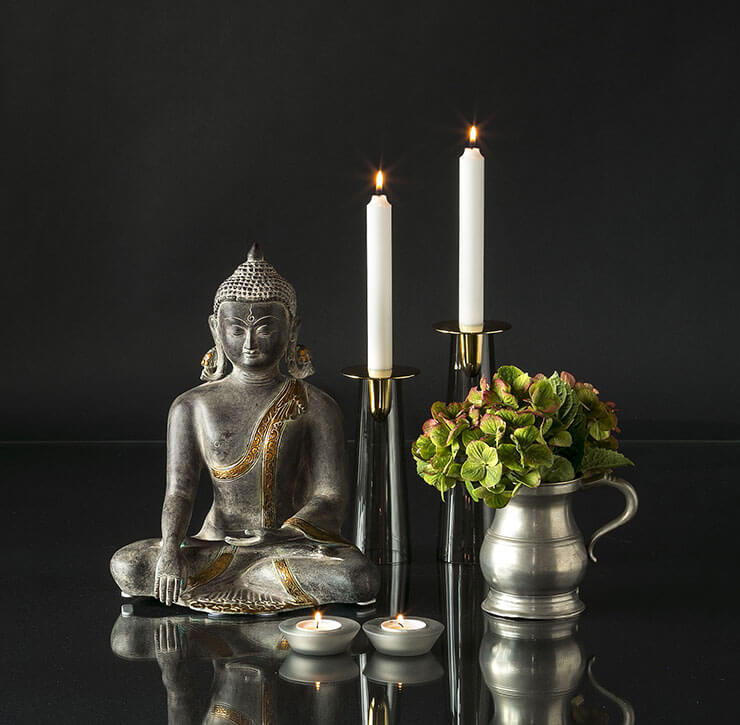
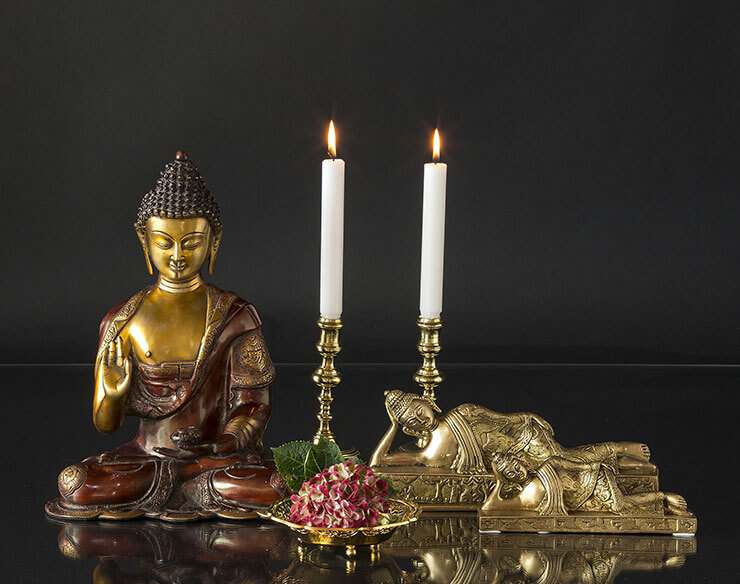
The Fat Buddha or Happy Buddha
Why is Buddha fat? There are many figurines of a much more fat and happy Buddha, but these aren't actually figurines of Buddha. The fat Buddha is actually the Chinese monk Budai, who belong within zen-buddhism. He is a character, who in Mahayana-buddhism occupies a position much like Santa Claus in the west. He is said to have a cloth bag, which is actually the translation of his name, from which he hands out presents.
Is Buddha a god?
Hinduism and buddhism has an unclear transition between what is a god and what is a human, but the simple answer would be no. Buddha is a man, who has attained enlightenment and thus steps out of the cycle of rebirth to enter Nirvana. Actually buddhism views the human life as the optimal to reach enlightenment, which is why it is preferable for a god to be reborn as a human to make it possible to break the cycle of rebirth.
When that is said both Buddhas and Bodhisattvas (An enlightend, who lets himself be reborn to help others attain enlightenment; like Dalai Lama) serve a function like that of gods or saints by being those you pray or make wishes to. A Buddha can therefore be part of a home altar that wards of evil spirits.
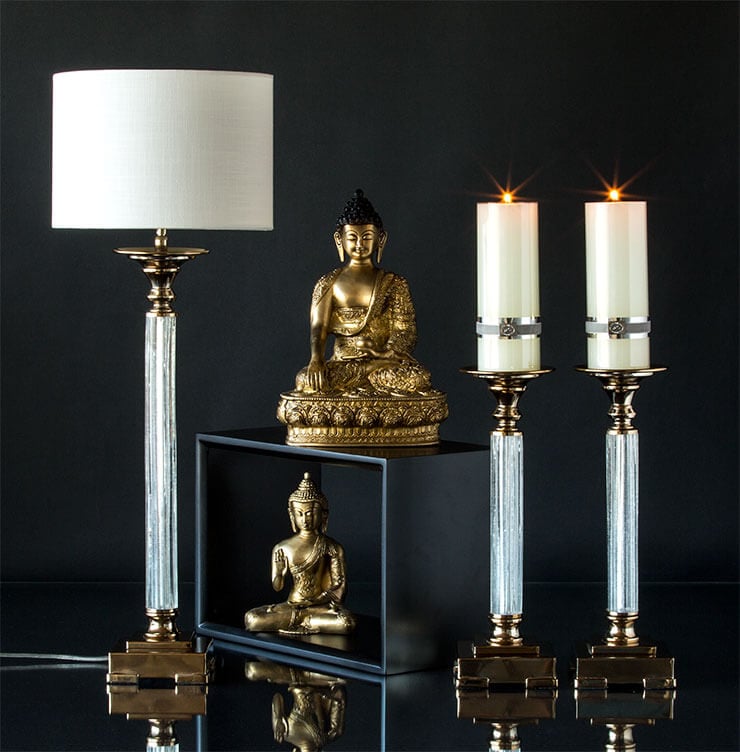
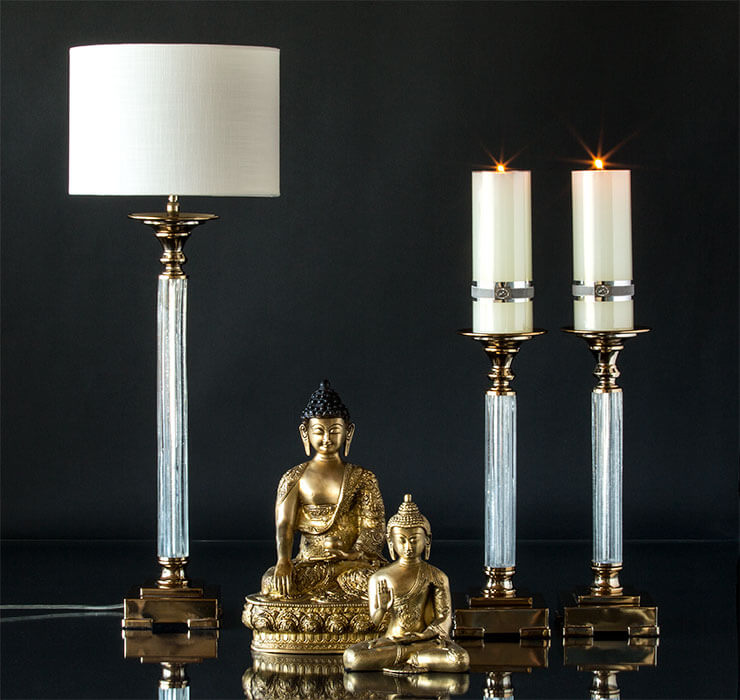
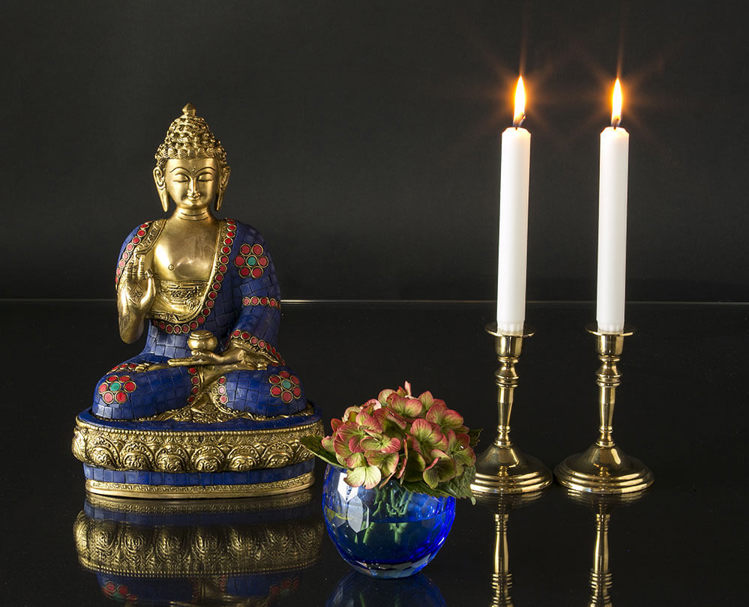
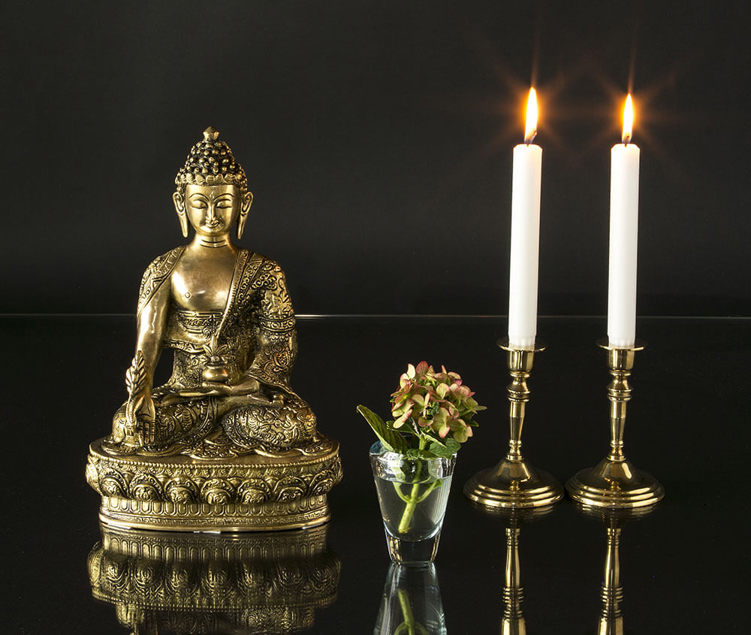


 We are e-approved
We are e-approved





